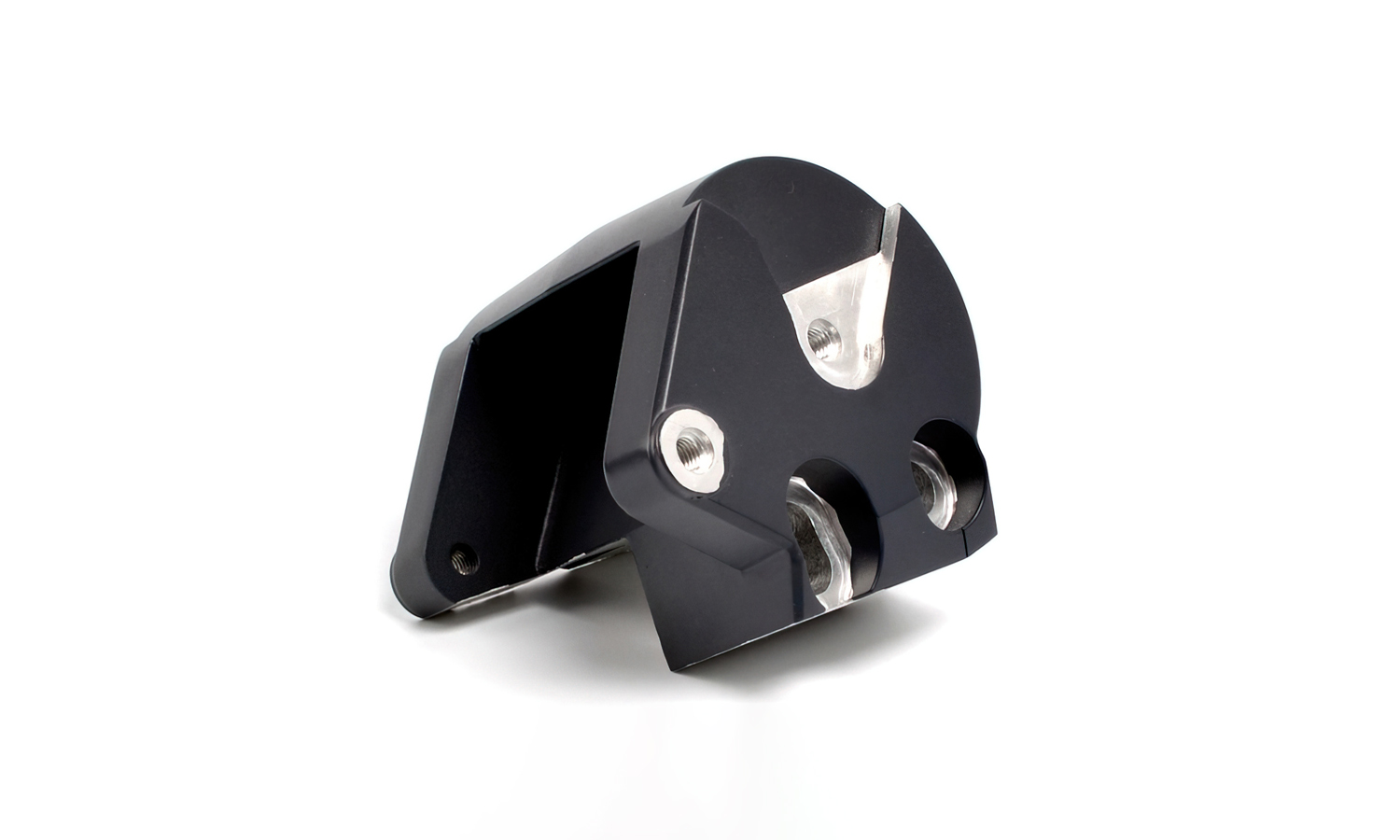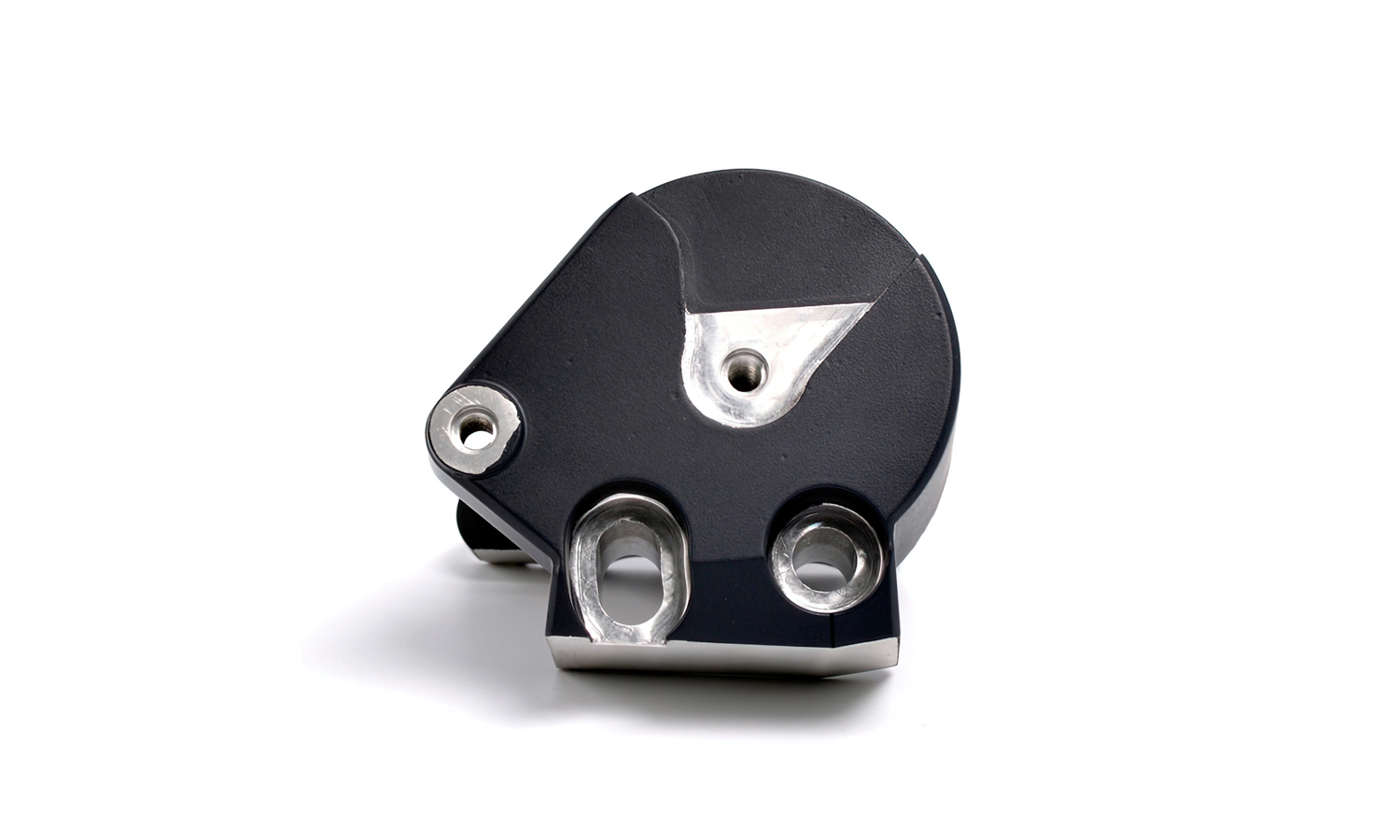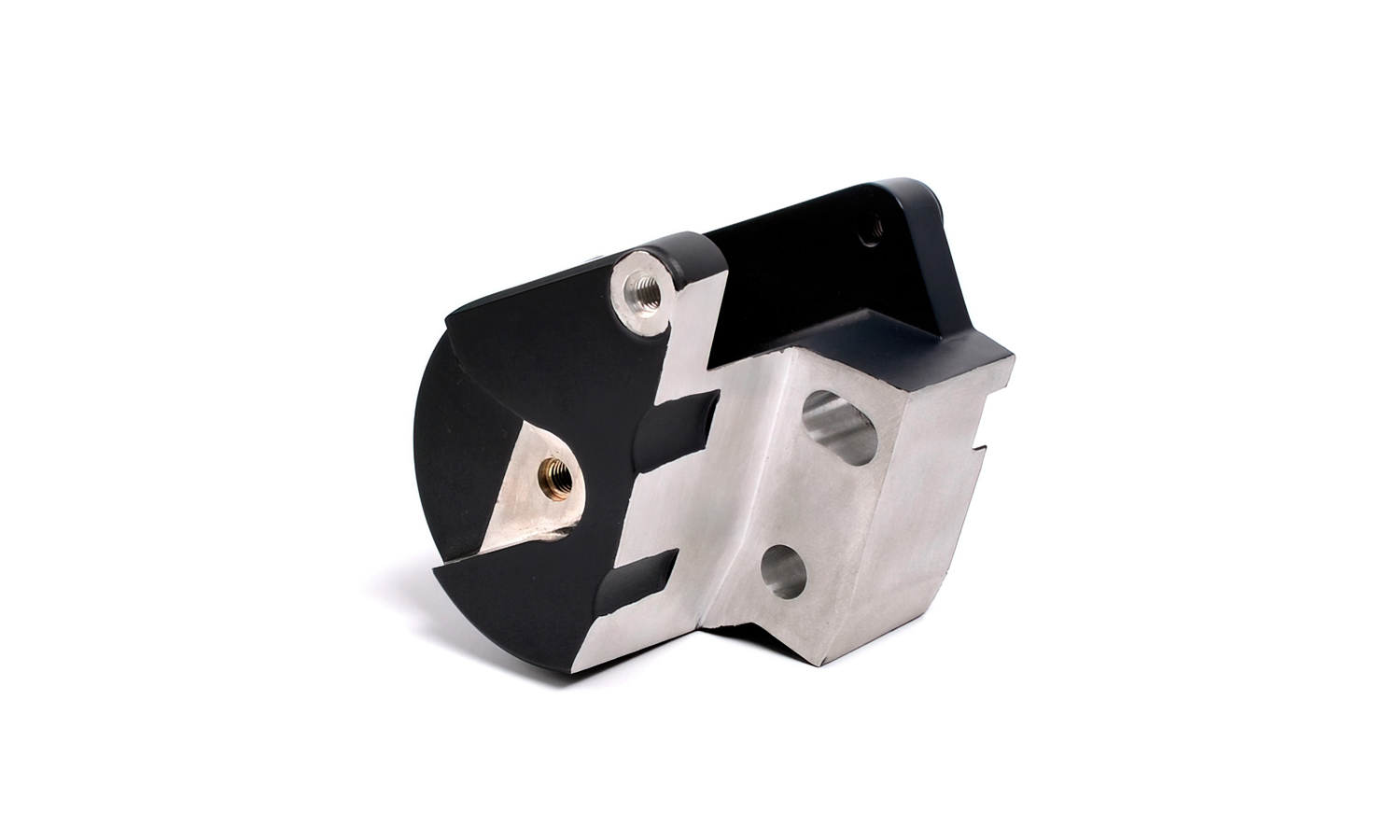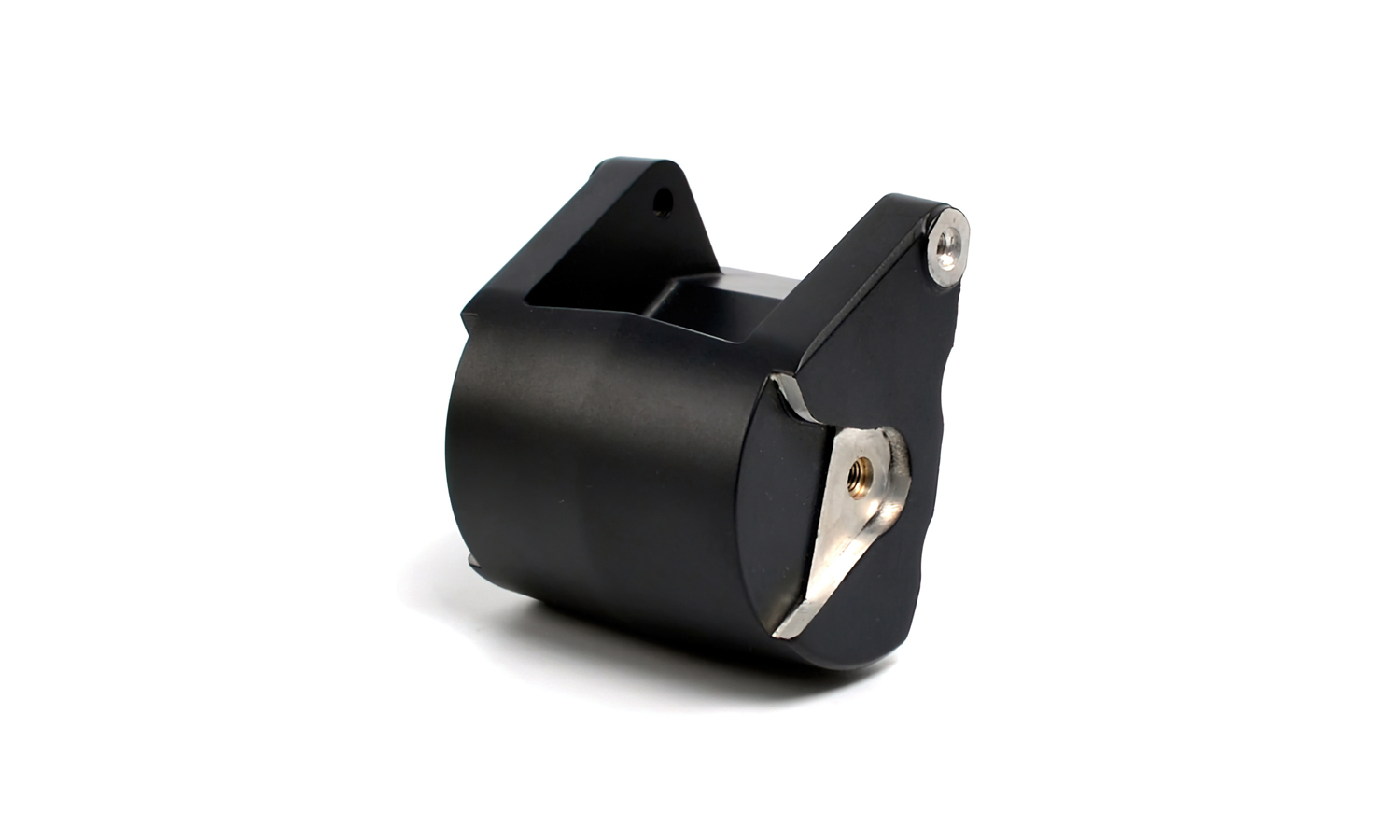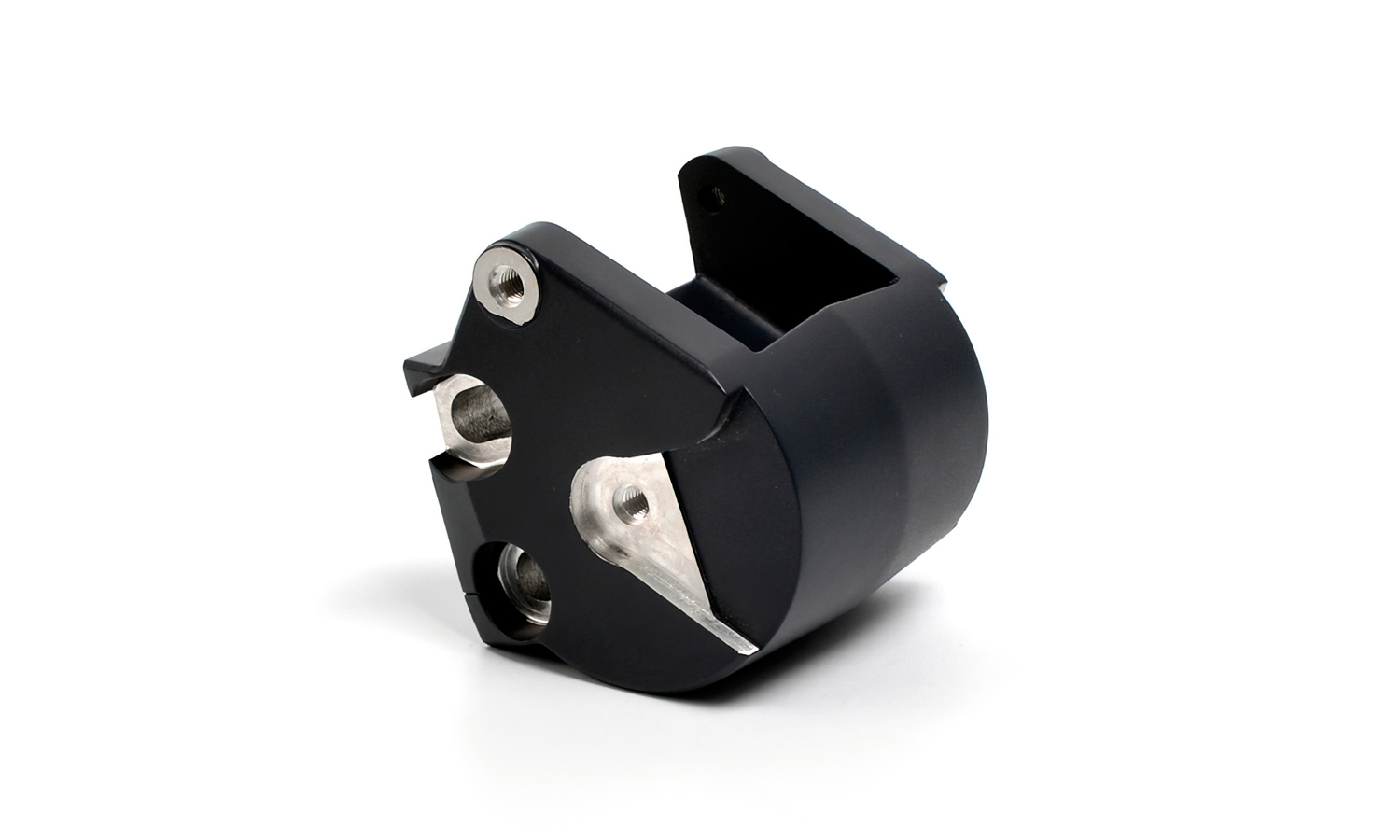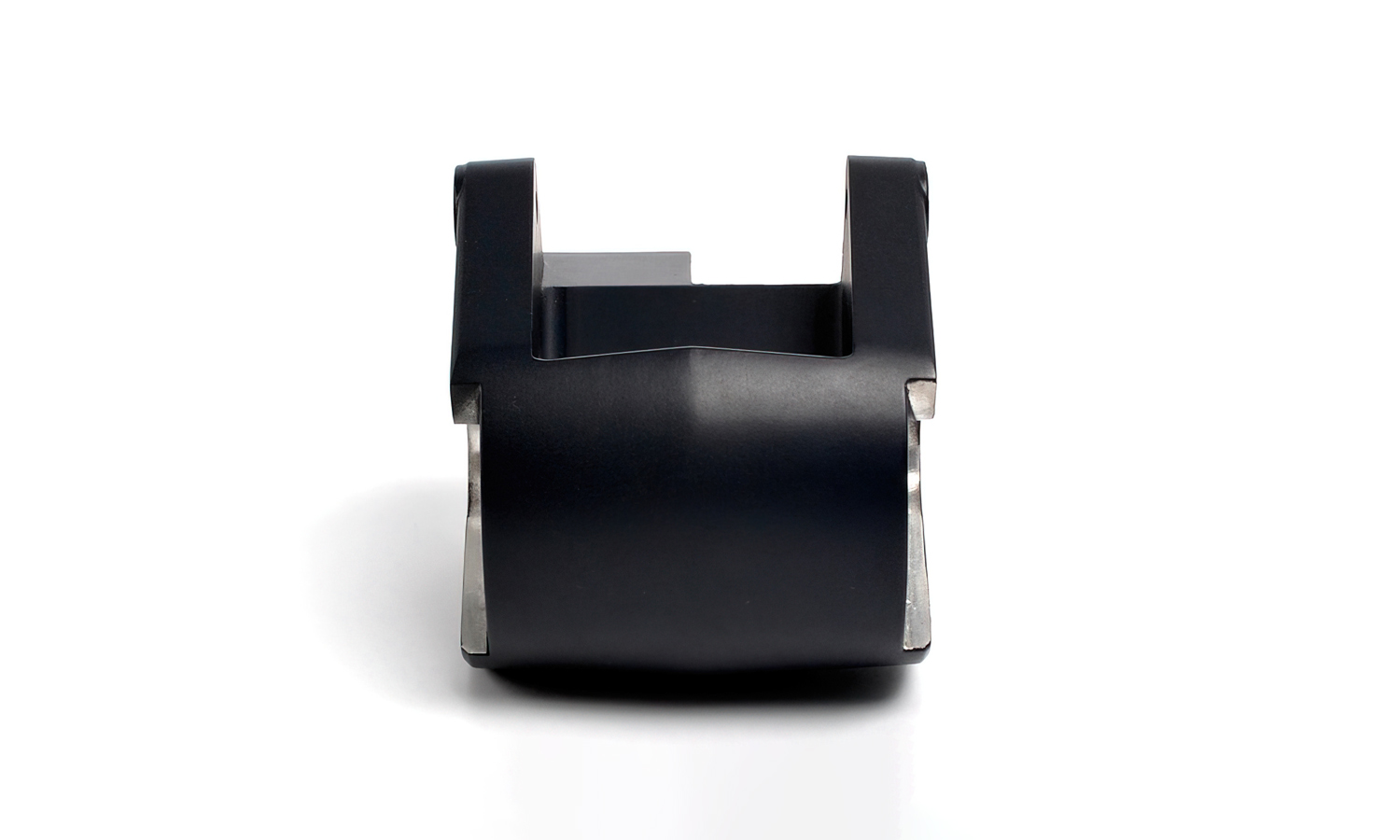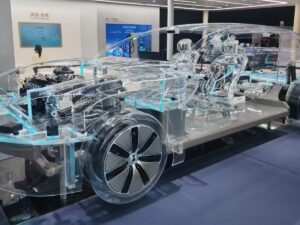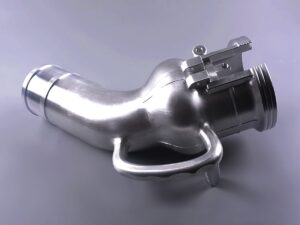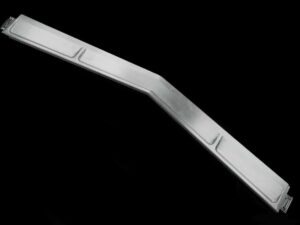Material Rubber, Metal
Quantity 26 pcs
Price Range $100-1,000
Lead Time 3 workdays
Gallery
About Project
In the world of precision engineering, the smallest components can play a crucial role in the functionality and longevity of complex machinery. Take, for instance, this meticulously CNC Milled Aluminum Linkage Part. Crafted from lightweight yet robust aluminum, its intricate geometry – a blend of precise curves, sharp angles, and strategically placed mounting points – speaks to a design intended for accurate and reliable motion transfer.
The aluminum core provides the necessary structural integrity and dimensional stability required for demanding applications. CNC milling, a subtractive manufacturing process, ensures that every detail of the design is faithfully reproduced with tight tolerances. This level of precision is paramount for a linkage part, where even slight deviations can impact the overall performance of the system it’s a part of.
However, what truly sets this component apart is its expertly applied rubber coating. This isn’t just a simple dip or spray; it’s a carefully executed process that enhances the part’s functionality in several key ways. The rubber coating, likely applied using a specialized technique like overmolding or a high-adhesion bonding process, creates a seamless and durable interface between the aluminum and the external environment.
The benefits of this rubber coating are multifaceted
- Enhanced Grip and Friction: The rubber surface provides a superior grip, crucial for applications where the linkage interacts with other moving parts, preventing slippage and ensuring precise motion.
- Vibration Dampening and Noise Reduction: The elastic properties of rubber effectively absorb vibrations and reduce noise generated during operation, contributing to a smoother and quieter system.
- Impact Resistance and Protection: The rubber layer acts as a buffer, protecting both the aluminum core and any components it comes into contact with from impacts and wear.
- Electrical Insulation: Depending on the application and the type of rubber used, the coating can provide electrical insulation, preventing unwanted conductivity.
- Improved Tactile Feel: In applications where human interaction is involved, the rubber coating offers a more comfortable and secure grip.
The seamless integration of the rigid aluminum with the flexible rubber highlights the importance of choosing a partner with expertise in both precision machining and advanced coating techniques. The success of such a component hinges on the quality of both the metal fabrication and the rubber application.
Looking for a partner to bring your complex, multi-material parts to life? FacFox offers comprehensive CNC milling services for aluminum and other metals, coupled with a range of professional surface finishing options, including expert rubber coating. Whether you require overmolding for a strong, integrated bond or specialized techniques for specific performance characteristics, FacFox has the expertise and technology to deliver high-quality, functional parts that meet your exact specifications. Explore FacFox’s rubber coating services today and discover how we can elevate your designs with enhanced functionality and durability.
Solution
- Step 1: Design specifications were finalized. Detailed CAD models and technical drawings were created, outlining the exact dimensions and tolerances for both the aluminum part and the rubber coating.
- Step 2: Raw aluminum material was selected. The appropriate grade of aluminum, based on the required strength and weight characteristics, was chosen.
- Step 3: The aluminum part was CNC milled. Using the finalized design specifications, the raw aluminum material was precisely machined using a Computer Numerical Control (CNC) milling machine. This process involved removing material to achieve the desired shape, including features like holes, curves, and mounting surfaces.
- Step 4: The machined aluminum part was cleaned. Any cutting fluids, debris, or imperfections from the milling process were removed to ensure a clean surface for the subsequent coating application. This often involved processes like washing, degreasing, and potentially media blasting.
- Step 5: Surface preparation for coating was performed. To ensure proper adhesion of the rubber, the aluminum surface was prepared. This step might have involved chemical etching or the application of a primer or bonding agent, depending on the chosen rubber coating technique.
- Step 6: The rubber coating was applied. The aluminum part was placed into a mold, and molten rubber material was injected into the mold cavity, directly bonding to the aluminum as it cured. This technique creates a strong, integrated bond.
- Step 7: The rubber coating was cured. If a thermosetting rubber was used, the coated part was subjected to a specific temperature and time cycle to allow the rubber to vulcanize and achieve its final properties.
- Step 8: Post-coating finishing was performed (if needed). Excess rubber material, such as flash from overmolding, was trimmed. The coated surface might have undergone additional finishing processes to achieve the desired texture or dimensions.
- Step 9: Quality control inspections were conducted. The finished part was inspected to ensure it met all design specifications, including the dimensions of the aluminum part and the thickness, adhesion, and integrity of the rubber coating.
- Step 10: The part was packaged and prepared for shipment. The completed and inspected part was carefully packaged to prevent damage during transportation.
